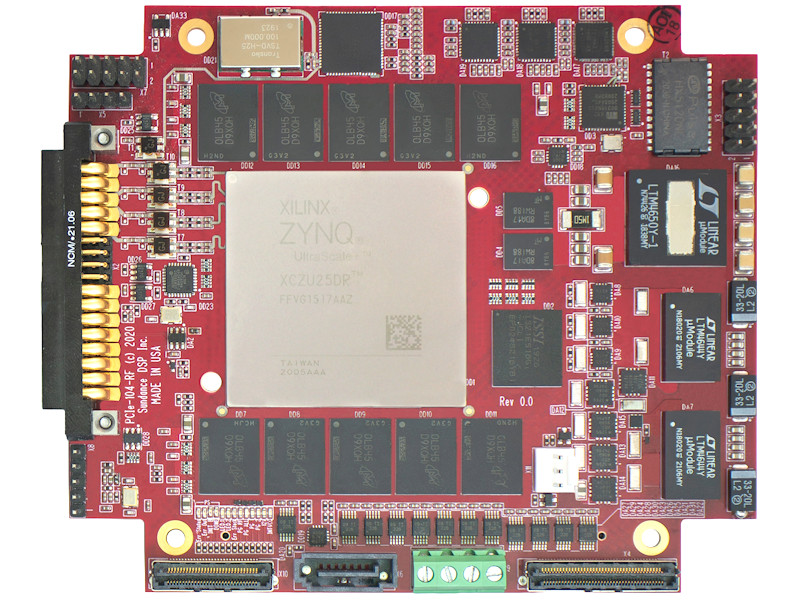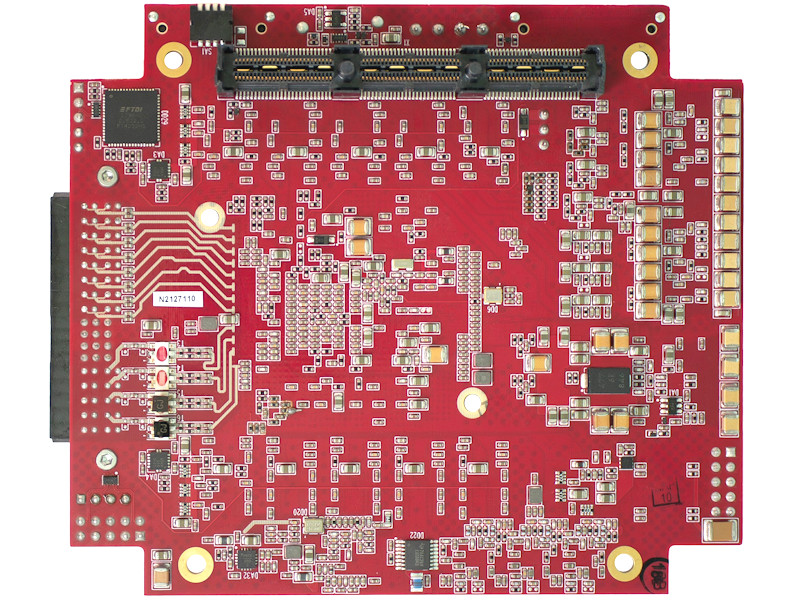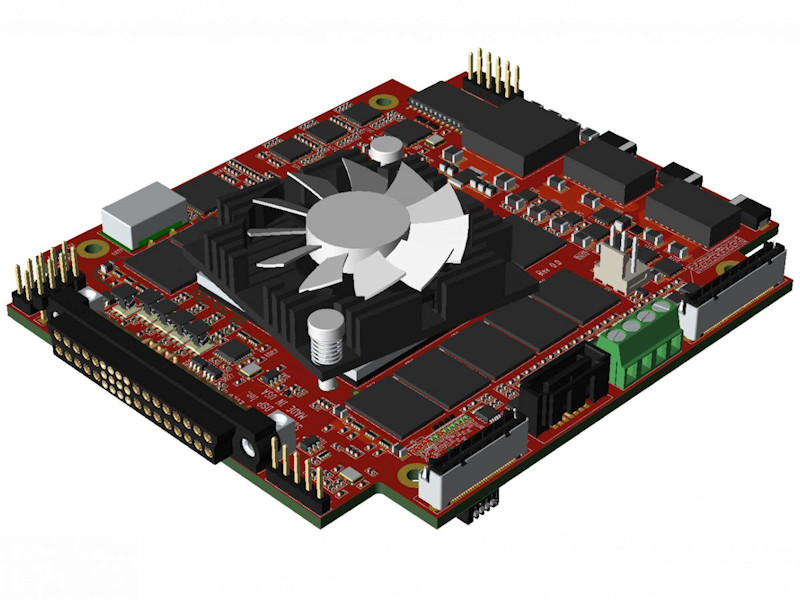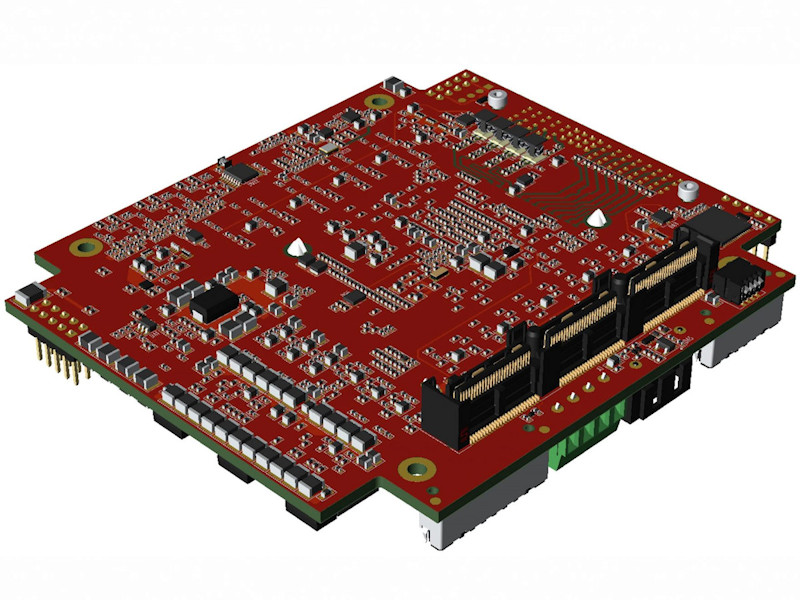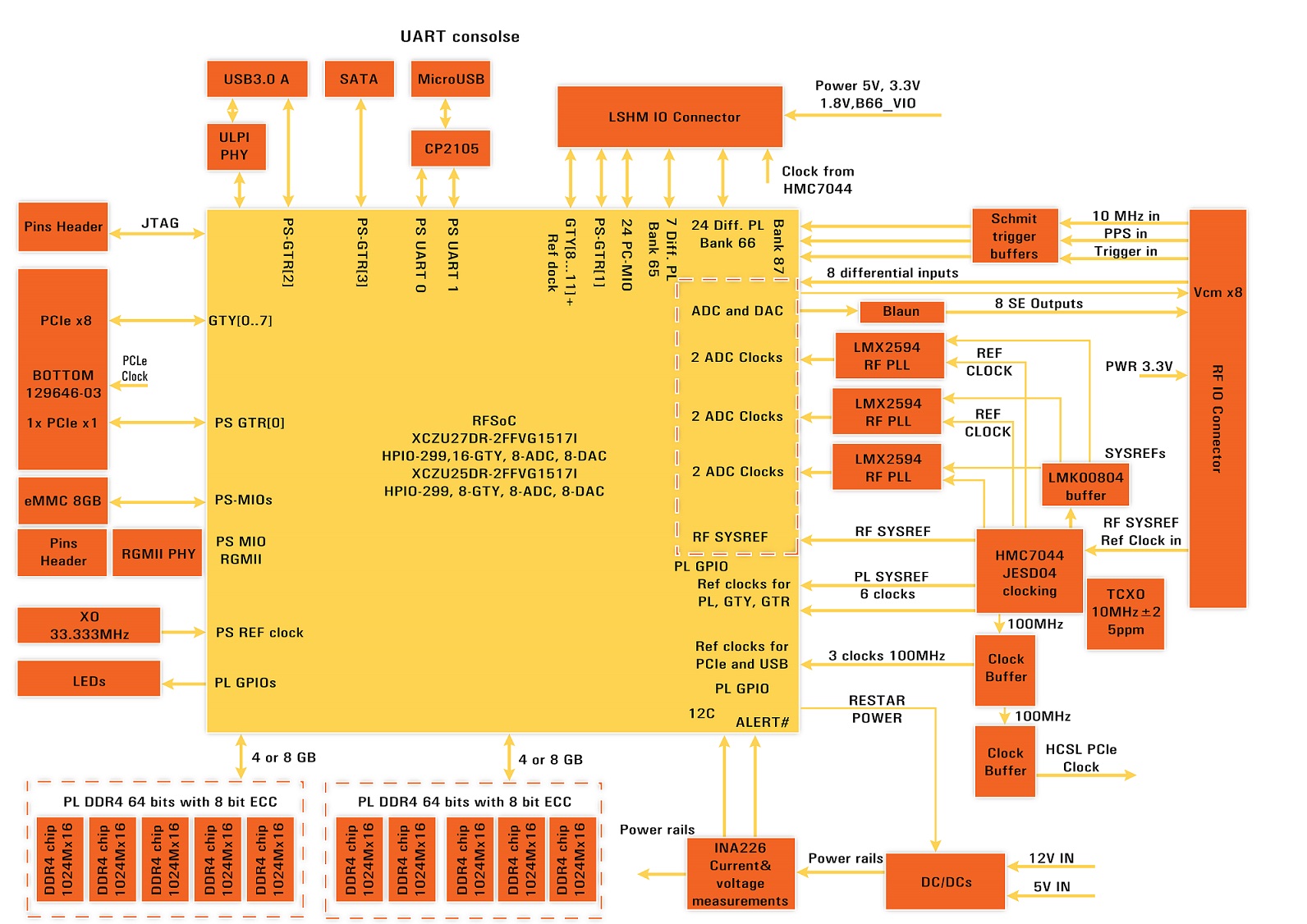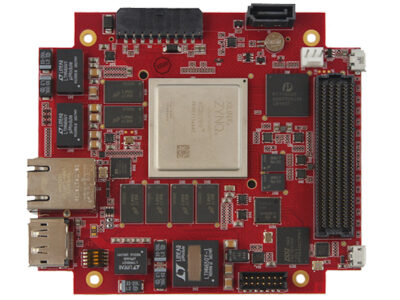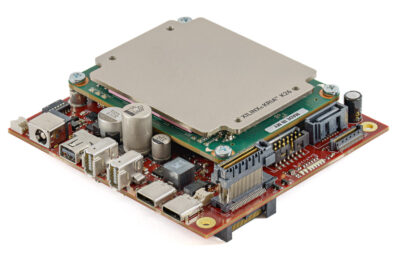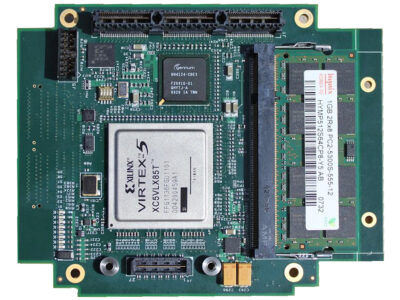Description
PCIe104-RFSOC is based on the Xilinx XCZU27DR-2FFVG1517E (optional 25DR and 28DR can be used with -E or -I temperature grades). Hardware is in PCIe104 form factor and electrically adheres to its latest specification. This is a TYPE 1 Host board with only Stack Down option. One lane of RC PCIe interfaces from the PS side is routed to Bank1 of PCIe104 connector and x8 Gen 3.0, RC PCIe from PL side is available form the other banks.
8GB of DDR4 memory with ECC is attached to PL and 8GB with ECC is connected to PS side. Micron MT40A1G16RC-062E IT:B is utilized in this design and, Dual die chips are not supported! 32GB of eMMC is used as default and this can be used for storing the firmware and/or Linux image for the PS side.
The module provides up to 8ADC and DAC channels via the Nicomatic RF connector part number 342V012F51-1610-240002.
ADC channels support 12bit 4.096GSPS with / DDC; and DAC channels can achieve 14bit 6.554GSPS with / DUC.
The 8 channel DAC outputs are single ended and go through Baluns but the 8 channel ADC Input are differential for maximum accuracy. Clocking IC for the RF channels is LMX2594.
PPS GPS signal input signal via RF IO connector with external 10MHz clock. Ref clock IN and Trigger In are also provided via the RF IO connector.
Two IO connectors in the form of Samtec LSHM connector offering IOs and transceivers from PS and PL side for user application.

